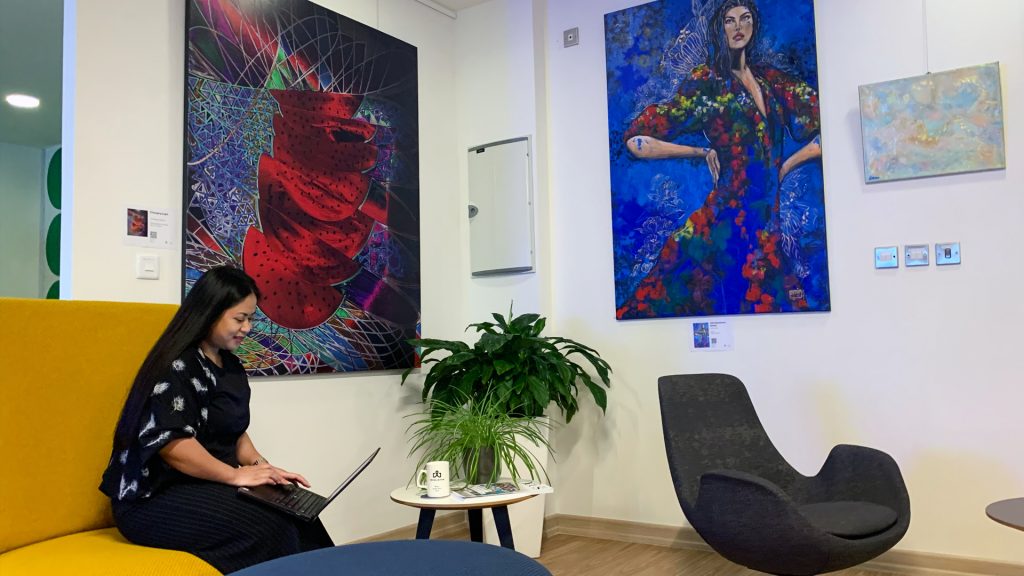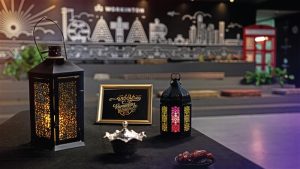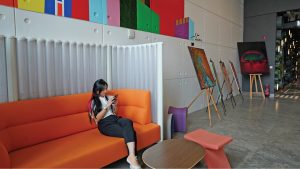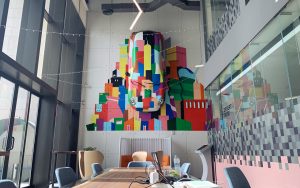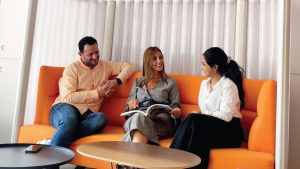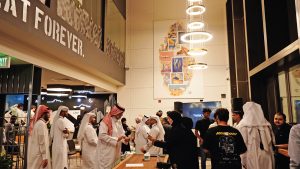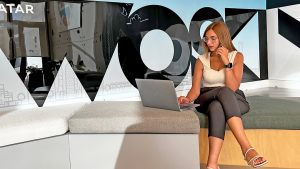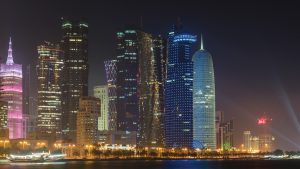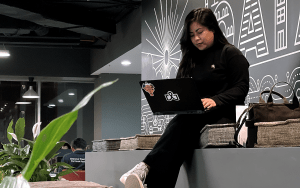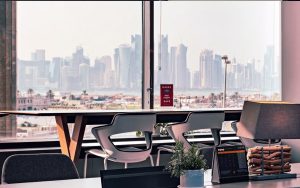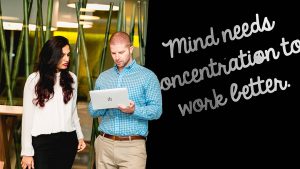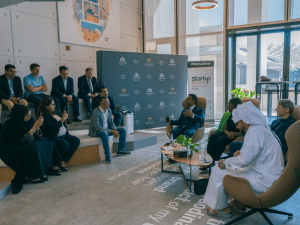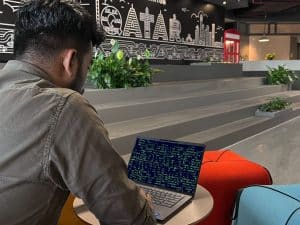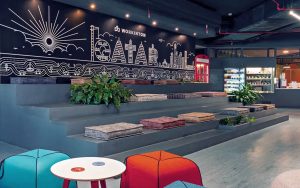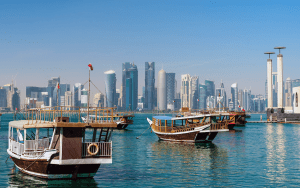No matter how much you love your job, it can get monotonous at times. If you sit at a desk, being sedentary for an extended period can diminish your productivity and leave you feeling uninspired. And given you spend a large chunk of your life working, your workspace can have a large influence on your behavior.
Surely you have been in a space with low lighting, or there are ominous gray clouds outside the window (if you are lucky enough to sit by a window), and it left you feeling groggy and unmotivated. Or perhaps it is the fluorescent light buzzing above your head and the cold metal of your filing cabinets. All of this goes to say that many offices leave a lot to be desired. It is no wonder then, that there is an entire field of psychology that observes the connection between psychological, social, and occupational well-being and the environment you exist in.
The Psychology of a Space
The interaction between you and the space you are in is called space psychology, and this discipline observes the impact of lighting, layout, colors, proportion, sounds, and materials in your environment on your feelings and actions. Human emotions are broad and encompass a wide variety, and the space that you occupy can be similarly complex. From safety and warmth to positivity and efficiency, there is a multitude of impacts a space can have on productivity and mood.
In the Workplace
It goes without saying that space psychology also applies to the workplace. One might argue that there should be an increased emphasis on space psychology at work because so many people spend a large portion of their life working. It makes sense then, that the architecture of the workplace, inside and out, will have an impact on the workers who occupy it.
The psychology of space posits that architecture goes far beyond bricks, concrete, and glass. The space you occupy matters and has a very real impact on how you feel and how you act. It makes sense then, that having less ‘sterile’ and severe offices with harsh cubicles and dated furniture may leave you feeling less-than-excited to be at work.
Having a workspace that takes the social and psychological well-being of its occupants into consideration is not only important, but it can translate to a powerful impact on productivity. The industrial method of having as many cubicles as a space could accommodate reflects an industrial era that no longer exists. With time, it has become clearer that stacking many people together in such a way does not necessarily benefit workers psychologically.
In the coworking space such as ours, having artwork in the office can make a substantial difference for employee perceptions of their work. Moving away from the cold and industrial feel of the typical office and into a more collaborative and creative space is likely to boost productivity and spirits. Having natural lighting, bright colors, and an expansive space can convey a more productive atmosphere, whereas dim lighting and warm, lush colors may make you want to curl up and take a nap.
We know that it can also be beneficial to take occasional breaks to stretch out throughout a workday. Taking a moment to change your scenery and stimulate your brain with new visuals can also prompt more creativity. If you work behind a screen most of the day, you know exactly how draining it can be. That is why we like to keep color around and display artwork – having a gallery-like atmosphere makes a space more uplifting and inspiring.
The Impact of Artwork
Artwork can encompass and provoke many emotions, from being soothing to energizing, or optimistic and beautiful. Much like a beautiful song or a piece of poetry, thoughtful architecture and design can merge creativity and functionality to positively impact you and the workplace at large. To some degree, this interaction between the psyche and the space you occupy is subconscious, but it indubitably can impact whether you perceive a space positively or negative upon first entering it, and definitely as you continue to work in it.
All that said, the architecture of a space is not entirely about productivity. There is no doubt that being surrounded by others’ creativity can boost your own, but you also want your workplace to work smarter and be more fun. Having a space that is perceived as more inviting or upbeat also has an impact. Often, if you find your work entertaining or fulfilling, you are likely more productive as well. Therefore, having a space that is conducive to feeling positive and doing great work can serve multiple purposes.
Artwork is also shown to reduce stress, so having it present in a workspace can reduce tension and distraction. With something welcoming or serene to look at, employees can soother their stress and take a moment to collect themselves.
Communicate Workplace Objectives and Values
This is especially true in the world of coworking. Not only does the presence of artwork boost the aesthetic of a place and the perceived energy of it, but it also promotes discussion among colleagues. This can be a helpful vehicle in getting to know the people you work with on a deeper or more productive level and ultimately impact your productivity for the better long term.
Providing employees with artwork and a space that better reflects your work objectives provides the opportunity to think more innovatively and conceptualize work in new ways. Exploring how art in the workplace can shape your attitude and mindset may yield surprising results.
Beyond conveying that the workplace cares about its employees’ well-being, art can also be representative of company values in more obvious ways. If you value creativity and energy, you may choose more abstract artwork for your space. Alternatively, if you want a soothing and serene atmosphere, you may opt for more muted and simple concepts.
Conclusion
All in all, the design of a space can be complex, much like the people that inhabit it. There are many reasons to have artwork in a workspace, from the aesthetic to emotional aspects to enhancing productivity and community. No matter the incentive, having artwork present in a work building has the potential impact employees in ways that many other spaces or offices do not.
What does the design of your workplace convey, and how does it impact your employees? Introduce the impact of artwork to your space and observe the differences it can make!
